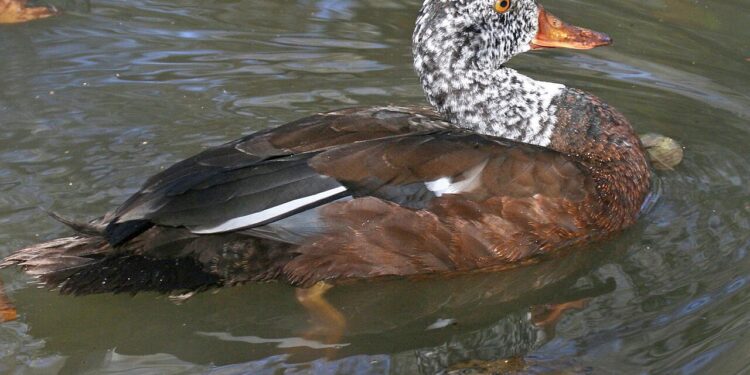Every year on January 5th, bird enthusiasts, conservationists, and nature lovers come together to celebrate National Bird Day. This special day serves as a reminder of the importance of avian diversity, the role birds play in our ecosystems, and the need to protect and preserve their habitats. From the smallest hummingbird to the majestic eagle, National Bird Day is an opportunity to appreciate the beauty and significance of these winged creatures.
National Bird Day was established to raise awareness about the threats faced by birds worldwide and to promote conservation efforts. Birds play a crucial role in maintaining ecological balance by contributing to pollination, seed dispersal, and insect control. They also serve as indicators of environmental health, with changes in bird populations often reflecting broader shifts in ecosystems.
This day encourages people to engage in activities that promote bird welfare, such as supporting bird sanctuaries, participating in birdwatching events, and contributing to conservation organizations. Additionally, it aims to raise awareness about the ethical treatment of birds, discouraging practices like illegal bird trading and promoting responsible pet ownership.
As we celebrate National Birds Day today, here in this article we would like to explore more about the State Bird of Assam that is – White-winged Duck (Cairina scutulata).
White-winged Duck (Cairina scutulata) is a large and distinctive waterfowl species found in South and Southeast Asia. Here are some key characteristics and information about this bird:
- Appearance:
Adult males typically have a white head with a black crown and nape, while females have a mottled brownish-gray head.
Both males and females have a distinctive white patch on their wings, which is particularly prominent during flight.
- Size:
White-winged Ducks are large ducks, with males being slightly larger than females. Adult males can weigh around 2.7 kg (6 lbs), while females are slightly lighter.
- Habitat:
These ducks are primarily found in freshwater habitats such as swamps, marshes, and large ponds.
They prefer areas with dense vegetation for nesting and feeding.
- Distribution:
The White-winged Duck is native to parts of South and Southeast Asia, including India, Bangladesh, Myanmar, Laos, Thailand, Vietnam, and Cambodia.
- Conservation Status:
The White-winged Duck is listed as “Vulnerable” on the International Union for Conservation of Nature (IUCN) Red List of Threatened Species. This status is due to habitat loss and degradation, hunting, and other threats to their populations.
- Behavior:
White-winged Ducks are known for their secretive behavior, making them challenging to observe in the wild.
They feed on aquatic plants, seeds, and small invertebrates.
- Breeding:
Breeding typically occurs during the monsoon season. The ducks build nests in dense vegetation near water bodies.
Females lay a clutch of eggs, and both parents are involved in incubation and caring for the ducklings.
- Threats:
The main threats to the White-winged Duck include habitat destruction and degradation due to logging, agriculture, and other human activities.
Hunting and poaching also pose a significant threat to their populations.
Efforts are being made to conserve and protect the White-winged Duck and its habitat, including the establishment of protected areas and awareness campaigns to reduce hunting and habitat destruction. Conservation initiatives are crucial for ensuring the survival of this vulnerable species.




